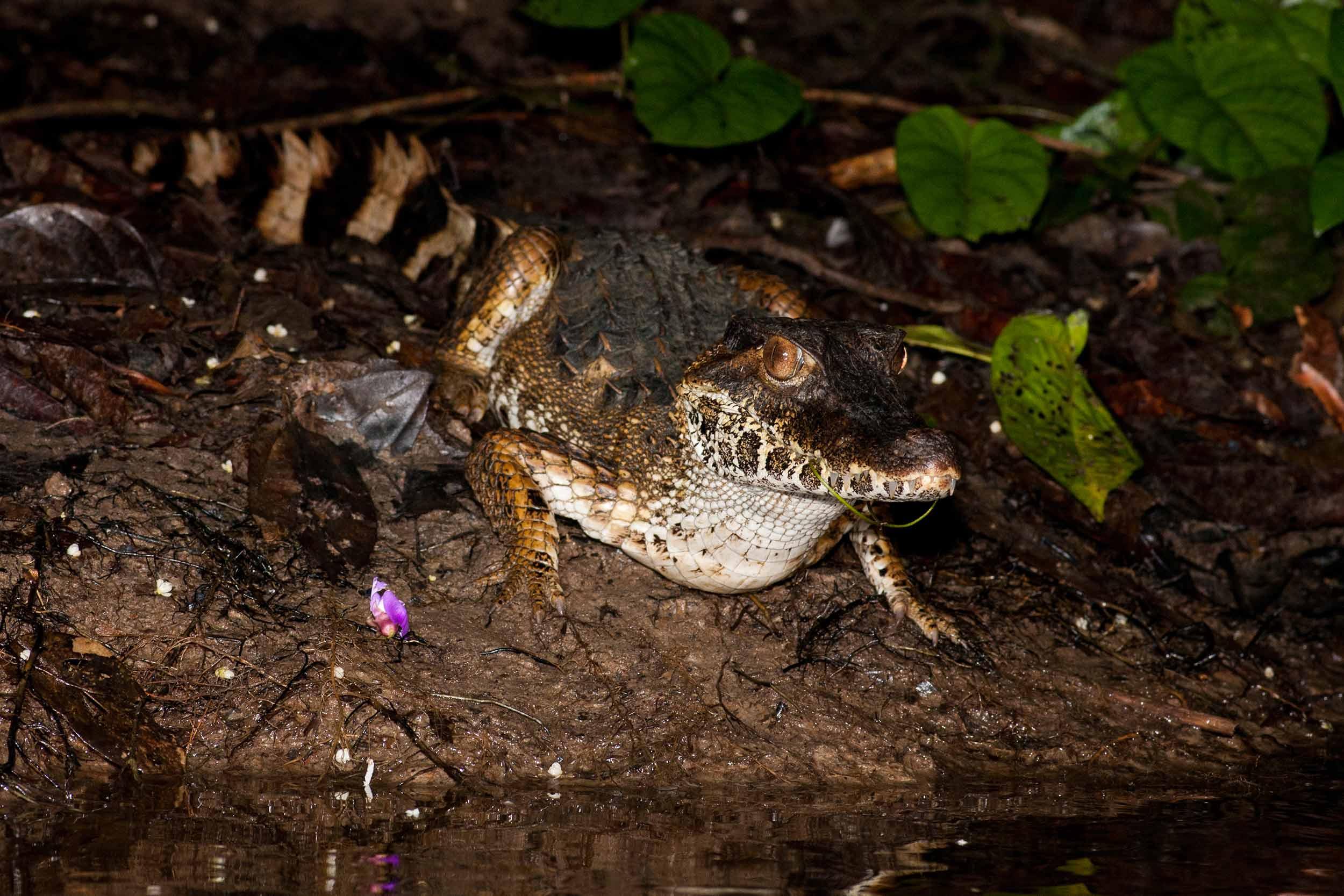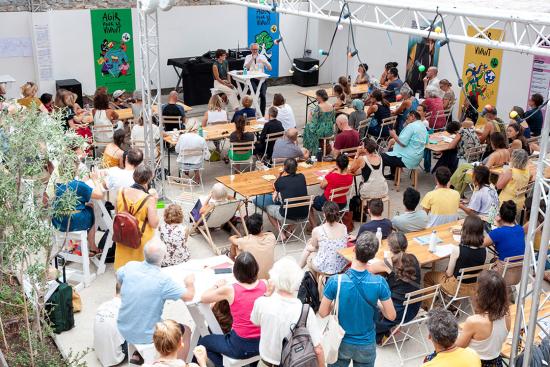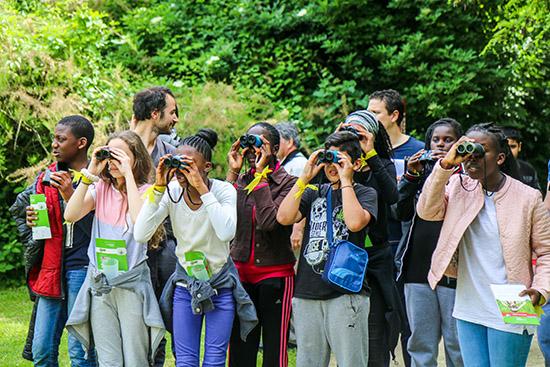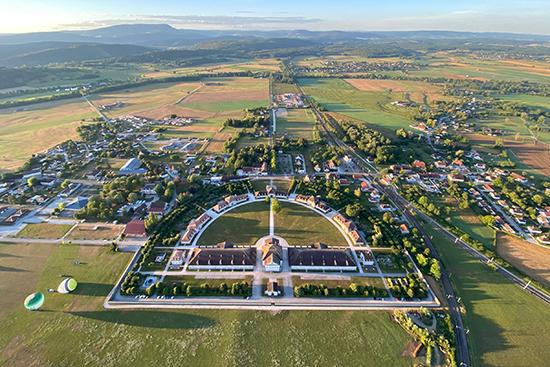In the heart of French Guiana, the Nouragues Natural Reserve is a vast protected zone of some 105,000 hectares. Within the reserve, 9,000 hectares have been made available to researchers to conduct studies of its remarkable biodiversity. This unique context is currently hosting a scientific research mission, supported by the Fondation d’entreprise Hermès as part of its Biodiversity & Ecosystems programme, studying the little-known, forest-dwelling smooth-fronted caiman.
Entitled “The Effects of Anthropic Trace-element Disturbances on the Ecology, Ecotoxicology and Physiology of Caimans in French Guiana”, this research project seeks to improve our understanding of the behaviour of this species, to learn more about its environment in order to support conservation efforts, and to study potential sources of harmful contaminants. Caimans are at the top of the food chain, and thus accumulate in their bodies all of the pollutants present in the prey and plants further down the chain. This makes the smooth-fronted caiman an important object of study and a precious indicator of the levels of mercury contamination linked to illegal gold mining, which is a major threat to the region’s ecosystem.
This three-year study (2019-2022) is led by Jérémy Lemaire, PhD researcher at the University of La Rochelle, in collaboration with the two institutions hosting his doctoral project, the Centre National de la Recherche Scientifique (CNRS) and the Muséum National d’Histoire Naturelle in Paris. Together with a small team of fellow researchers, Lemaire carries out regular field trips to measure the population of caimans, observe their behaviour and carry out sampling and analysis. The findings of this study will help to offset the impact of illegal gold mining and inform measures to protect this rare species.








